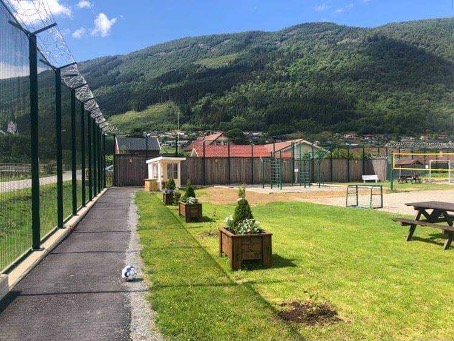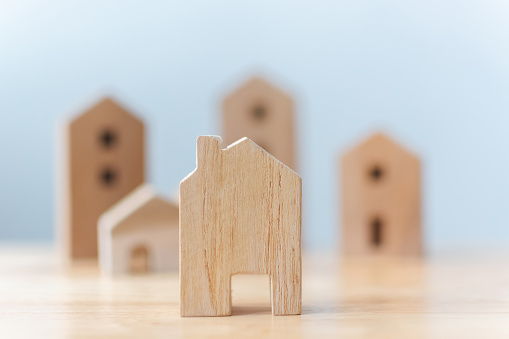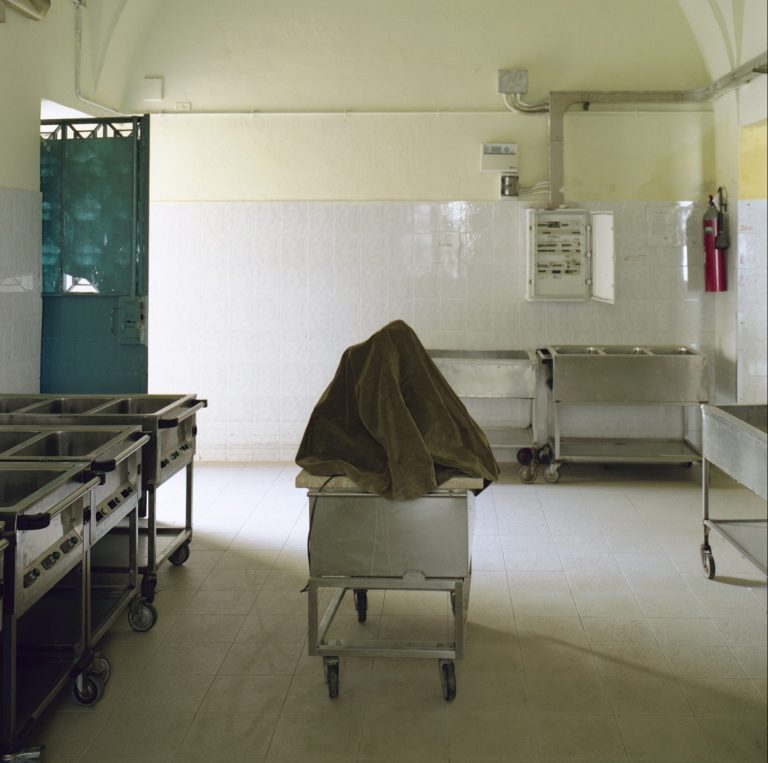The Yard: How small scale detention works and why this knowledge is important.


The other day, an article in a local newspaper[1] caught my interest. The heading read: “Staff and prisoners have improved the yard”[2]. The article described how people in one of Norway’s prisons, both those working there and those serving their sentence there, have been working together this summer on upgrading the yard. The starting point of the project was the need of a new fence around the prison, and while putting up this fence, people in the prison thought that they should use the opportunity to make the yard cosy as well.
The project was initiated by the Governor who came up with an idea of arranging a brainstorming event. Everyone in the prison was invited to participate, and out of the plenty design-suggestions that appeared, of which some were more realistic than others, they agreed upon the design of the yard. The newspaper also showed a picture of the almost finished yard, which looks like a green and fresh “park” that is compatible with its surroundings. It contains, among other things, a calisthenic park – made by the persons working at the metal workshop – benches, tables, nesting boxes, flower boxes (with flowers), and a shed – all made by those who work at the wood workshop. Outside, the shed has an artistic piece of work made by a person serving his sentence in the prison. This person is, according to the interviewed staff, “very good at drawing and painting”, and luckily, he accepted the invitation of making a piece of art at one of the walls. “The result”, the staff continues, “is exceptional”. The yard has also a barbecue area and a vegetable garden, and the people working in the prison and those living there share the responsibility of taking care of this garden.
The staff interviewed in the article underlines that while a nice yard is important for the well-being of people inside the prison, it is also important for the people living in the surrounding village as they can see the yard through the fence. However, most of all, the staff emphasises the prisoners’ participation throughout the whole project and the increased sense of accomplishment and well-being this project has brought along. He adds, “[w]e have a lot of clever workers here who have proved their capability”, and he concludes, “everyone seems to be very pleased about the result”.
The yard described in this article is located in Vik prison, which is a small prison with 39 beds at the western coast of Norway. The size of the prison was, of course, a central factor for me finding this article interesting, but it was the headline I found most fascinating: “Staff and prisoners have improved the yard” (emphasis added). I am well aware of that the article presents only one of many possible stories about the creation of this prison yard and that the stories of the incarcerated persons would perhaps have been somewhat different. Yet the headline pointed at something my colleagues and I have used earlier in our analyses to explain the difference between large and small prisons – the sense of “we”[3]. The collaboration between people who are working in this prison and those living there has been essential for the realisation of this project, and this collaboration has blanked out the division between “us” and “them”. With limited resources, to cooperate was most likely the only way to upgrade the prison yard; they had to do it themselves by using the material and human resources available. In addition to this pragmatic approach, according to the interviewed staff, the project also contained a human and a rehabilitating aspect by giving people an opportunity to learn, show their skills, and enhance their self-confidence. However, these aspects are delicately interwoven in the common goal – to create a nice yard as a source for well-being for everyone, including those outside the prison. At the same time, one can sense the positive mood and energy the project has created; just imagine some of the design suggestions!
Research has shown that the moral, relational and organisational quality of life is better in small prisons than in larger ones (see footnote 3), and we know that higher quality of prison life supports better outcomes for a person on release, i.e. that it has a positive effect on reoffending rates[4]. This is important knowledge, which documents that small-scale detention “works”, but we do not know why it works. I think this newspaper article is essential in this respect as it gives some insight in how small-scale, individually-tailored and community-integrated incarceration work. So far, there are no research-based knowledge that can document this.
Knowing how is essential for knowing why, and knowing why is essential in order to convince politicians and bureaucrats to build detention houses. It is not sufficient to argue that “small is better”; arguments for whysmall is better must also be presented. Researchers, therefore, should design research projects that can explore questions like: How come that the moral, relational and organisational quality of life is better in small prisons than in larger ones? Is the sense of “we” important in this respect? Is the “non-patriarchal” approach important for rehabilitation? What about being a part of something that have a meaning and give pleasure for other people? What is the importance of well-being while incarcerated? The answers to these questions, and many others, are of utmost importance in order to increase the professional standing in arguing for small-scale detention.
References
[1] Sogn avis, Tuesday 3 August, p. 18.
[2] My translation. Orig.: «Tilsette og innsette har gjeve luftegarden eit løft».
[3] Johnsen, B. and Granheim, P. K. (2012) Prison size and the quality of life in Norwegian closed prisons in late modernity. In: T. Ugelvik and J. Dullum (eds.) Penal Exceptionaism? Nordic Prison Policy and Practice. London: Routledge, pp. 199-214.
Johnsen, B., Granheim, P. K. and Helgesen, J. (2011) Exceptional prison conditions and the quality of prison life: Prison size and prison culture in Norwegian closed prisons. European Journal of Criminology, 8(6): 515–529.
[4] Auty, K. M. and Liebling, A. (2020) Exploring the relationship between prison social climate and reoffending. Justice Quarterly, 37(2): 358–381.





